ECTS:
6
Περίγραμμα Μαθήματος

e-Class
Μετά το τέλος του μαθήματος οι φοιτητές θα πρέπει να μπορούν να κατανοούν αλλά και να υπολογίζουν την παρούσα και μελλοντική αξία σειρών πληρωμών και να προβαίνουν σε αξιολόγηση επενδύσεων. Θα πρέπει να είναι εξοικειωμένοι με τις έννοιες της κεφαλαιοποίησης (απλής και σύνθετης) και να αποτιμούν (με χρήση των προηγουμένων) ομόλογα και μετοχές.
Επίσης, να γνωρίζουν τις ιδιότητες και τους τύπους των χρηματοοικονομικών παραγώγων, όπως τα Προθεσμιακά Συμβόλαια, τα Συμβόλαια Μελλοντικής Εκπλήρωσης, οι Ανταλλαγές και τα Δικαιώματα Προαίρεσης, καθώς και τις θέσεις που ένας επενδυτής μπορεί να λάβει επί αυτών. Επιπλέον, το πώς χρησιμοποιούνται για την επίτευξη αντιστάθμισης, κερδοσκοπίας και εξισορροπητικής κερδοσκοπίας. Τέλος, θα πρέπει να γνωρίζουν τους χρηματοοικονομικούς δείκτες και πως αυτοί μπορούν να χρησιμοποιηθούν για την αξιολόγηση μίας εταιρίας.
Καθηγητές
Επιλέξτε για να δείτε περισσότερες πληροφορίες για κάθε καθηγητή.
| Όνομα | Τίτλος | |
|---|---|---|
| Πουφινάς Θωμάς | Αναπληρωτής Καθηγητής | tpoufina@econ.duth.gr |

